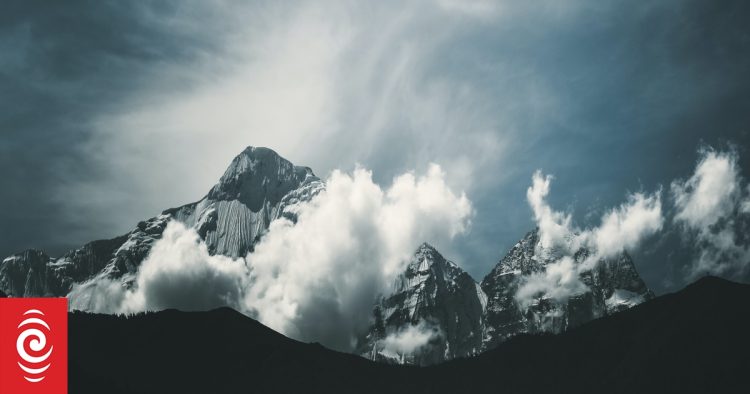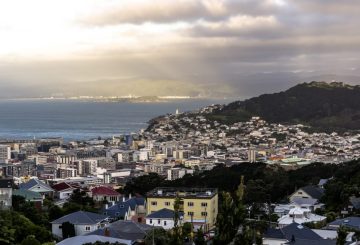Sir Edmund Hillary và Sherpa Tenzing Norgay lên đỉnh núi Everest vào ngày 29 tháng 5
năm 1953.
Bởi Gaurav Sharma, Nhà báo cao cấp
Bảy mươi năm sau Sir Edmund Hillary và Sherpa Tenzing Norgay trở thành những nhà leo núi đầu tiên đứng trên đỉnh cao nhất thế giới, cộng đồng Nepal đang đổi mới các cuộc kêu gọi cho Ngày Everest được
chính thức tổ chức tại New Zealand.
Cặp đôi này đến đỉnh núi Everest lúc 11:30 sáng ngày 29 tháng 5 năm 1953, củng cố tình bạn lâu dài giữa hai nhà leo núi nở rộ vào mối quan hệ liên tục giữa hai nước.
Nepal bắt đầu kỷ niệm ngày này là Ngày Quốc tế Everest sau cái chết của Hillary vào năm 2008, nhưng New Zealand đã không theo đúng.
Ngày này đã được tổ chức tại Nepal và bởi các cư dân Nepal kể từ đó, như một dịp để thúc đẩy du lịch núi cao và đánh dấu mối liên kết đặc biệt tồn tại giữa Nepal và New Zealand.
Chính phủ New Zealand đã tổ chức lễ kỷ niệm ngày Everest kể từ năm 2019e chính phủ New Zealand đã tổ chức lễ kỷ niệm ngày Everest kể từ 2019. Một trong những điểm nổi bật của sự kiện này là sự ra mắt của một mô hình 3D của Núi Everest mà dấu vết tuyến đường 1953 của Hillary và Ten
zing.
Theo truyền thống, các nhà tổ chức đã bán đấu giá một tờ giấy 5 đô la được ký bởi Hillary cho công việc đang diễn ra của Himalaya Trust tại Nepal. Một mô hình 3D của đỉnh Everest có dấu vết lộ trình mà Sir Edmund Hillary và Sherpa Tenzing Norgay đã từng leo lên đỉnh cao nhất thế giới đã được công bố tại lễ kỷ niệm Ngày
Everest ở Auckland vào thứ bảy.
Peter Hillary, con trai của Edmund và là chủ tịch Himalaya Trust, kêu gọi công chúng quyên góp hào phóng để hỗ trợ Nepal.
Tín dụng: radi onz.co.nz




























































